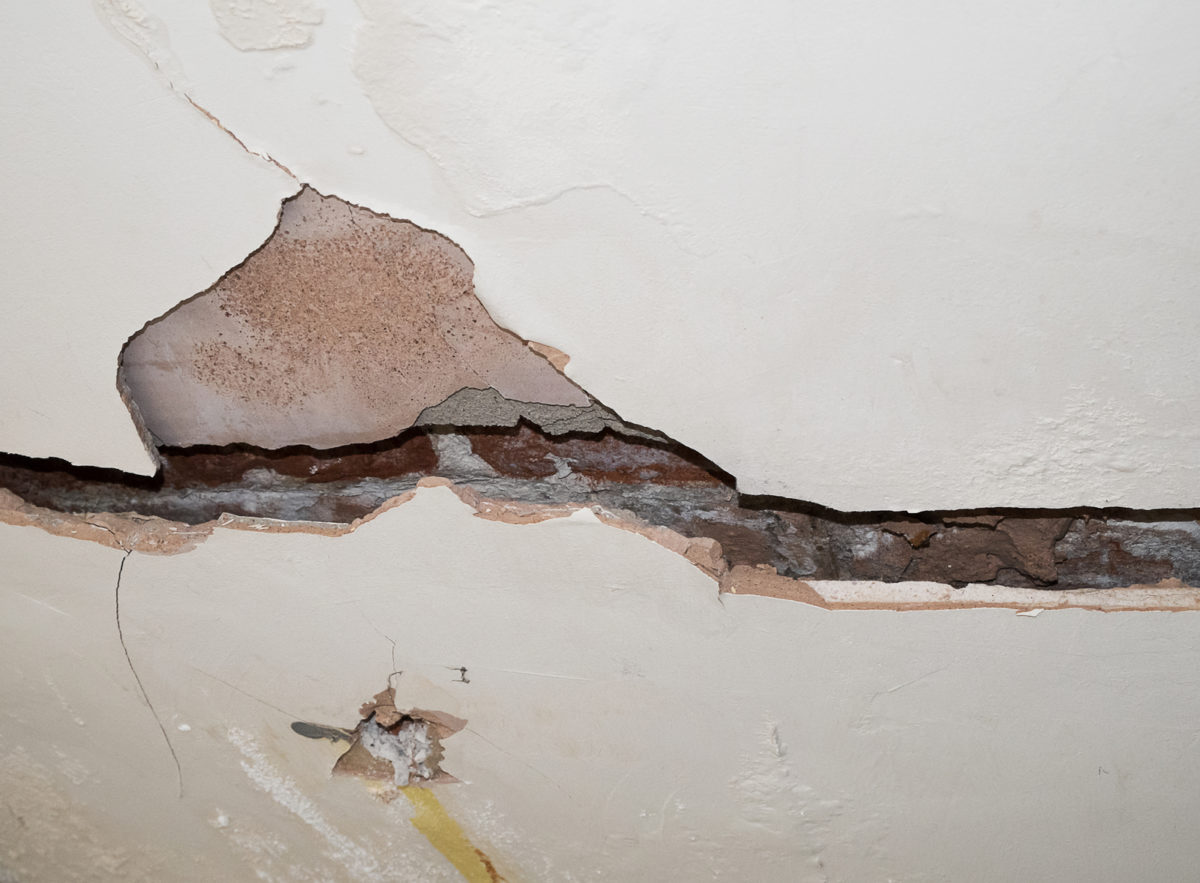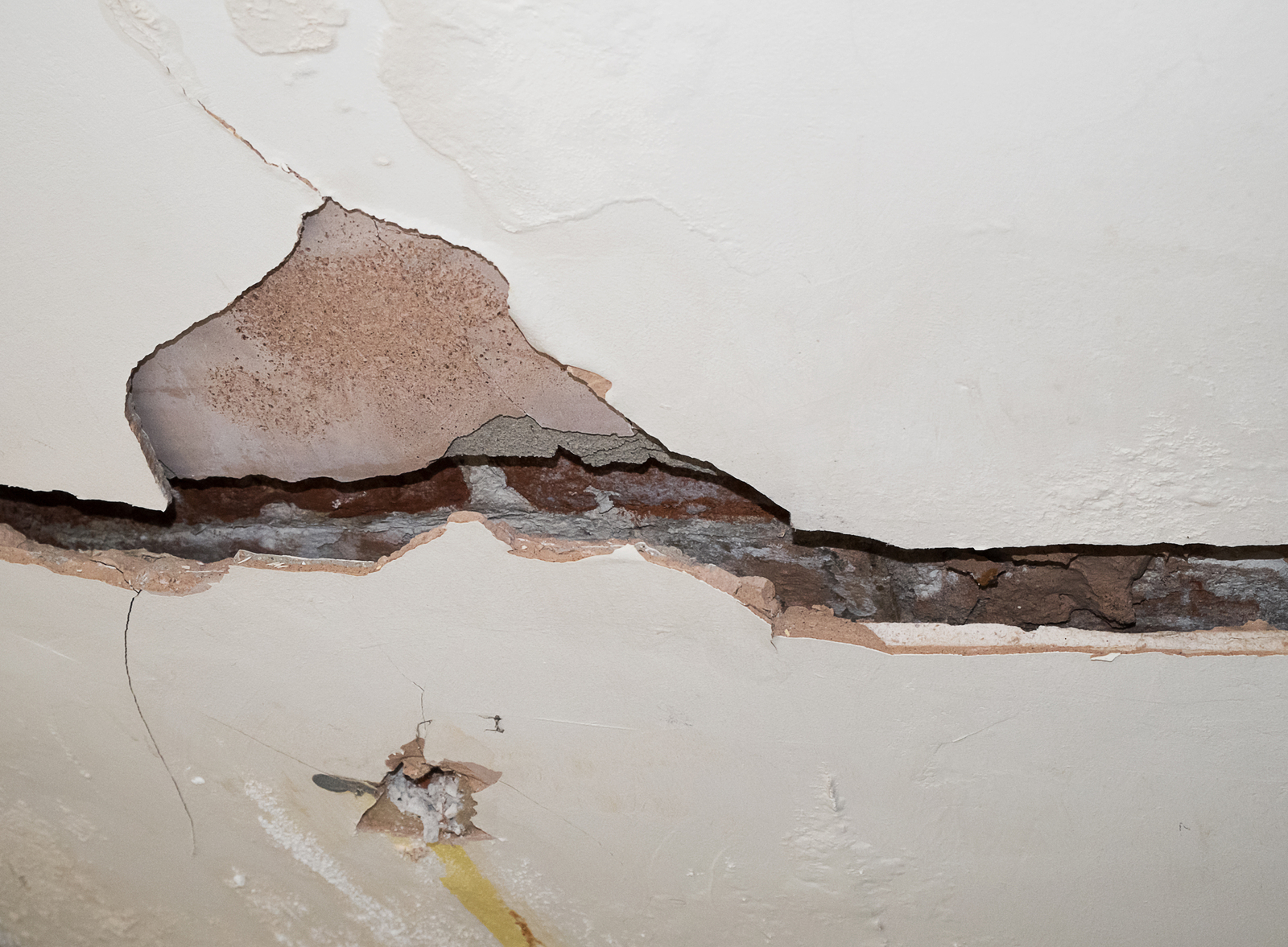When getting your home ready to sell, or doing minor repairs on one that you’ve purchased, you’ll inevitably run into drywall issues.
From cracks to holes, they’re unsightly, but, thankfully, easy to fix.
How do they happen?
New homeowners tend to be a bit more alarmed than the experienced about cracks in the walls of their home. Take a deep breath – there are three common reasons for these cracks:
Settling – Over time, homes “settle.” “This is simply a result of the downward force of gravity on physical structures,” according to the pros at Edens Structural Solutions in Bixby, OK. As they settle, cracks may form.
Humidity affects wood-framed homes by causing the wood to expand and contract. “This in turn puts stress on the plaster or drywall in front of it,” according to the experts at HJ3 Composite Technologies, LLC in Tucson, AZ.
Old homes typically have plaster walls, instead of drywall. Over time, plaster becomes loose, causing it to crack.
Problem drywall can be a problem
If your home was built between 2001 and 2009, you may have what is known as “problem drywall.” Not all do, but enough homes have it to be aware that yours might too.
If you do, you’ll want to take remediation steps before working on the wall. Learn how at cpsc.gov, the website for the U.S. Consumer Product Safety Commission.
Repairing standard drywall
Once you’ve determined that your home doesn’t contain problem drywall, you can get to work fixing those cracks and holes.
If this is your first time, check out some of the instructional videos on YouTube, like these from Howdini, Buildipedia and This Old House.
- Cracks – Smaller cracks are a cinch to repair. Apply drywall compound, let it dry completely and then sand the area until it’s smooth and level.
For larger cracks, use the drywall compound and then apply fiberglass tape over it while it’s still wet.
- Small holes – Use painter’s putty to fill the hole and level it using a putty knife or drywall knife. Allow it to dry, sand it down and then apply spackle. When that dries, give it another sanding.
- Medium-sized holes –The ideal material for a hole that is too large to patch with putty is a drywall patch, available at home improvement and hardware stores.
Stick it to the wall and then apply joint compound over it. Allow the compound to dry and then sand down the high spots.
Large holes – Even out the irregular shape of the hole by using a saw to cut around the edges. Cut a piece of new drywall to fit inside the hole and apply fiber reinforcing tape or fiberglass tape around the edges.
Slap some joint compound over the area, sand it smooth when it dries and then apply another layer of the compound (the video at Buildipedia will walk you through this entire process).
Once you’ve sanded your repairs, it’s time to paint over them. Use a heavy nap roller to ensure that the texture of the repaired area blends with the rest of the wall.

